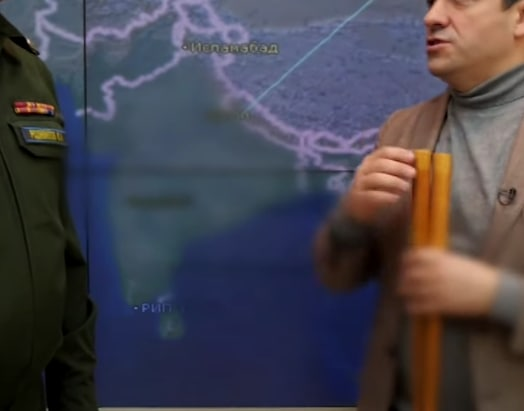
Voyennaya Priyemka about Early Warning:
As usual, awesome footage, sad narration.
As usual, awesome footage, sad narration.
Nice explanation of Irkutsk Voronezh-M sectors: "Chukotka-Alaska and China ("due to understandable considerations"). Peculiar detail: blurred India:) 







And just in case someone has doubts, Space layer detection of ballistic missile launch leads to notification to the system as a whole, while the military-political leadership gets alarmed only when the ground-based layer detects the incoming missile.
BTW, the narrator mentions that according to international agreements countries notify "interested parties" about missile launches, but some countries do not deliver notifications, so EW people are always busy.
• • •
Missing some Tweet in this thread? You can try to
force a refresh















